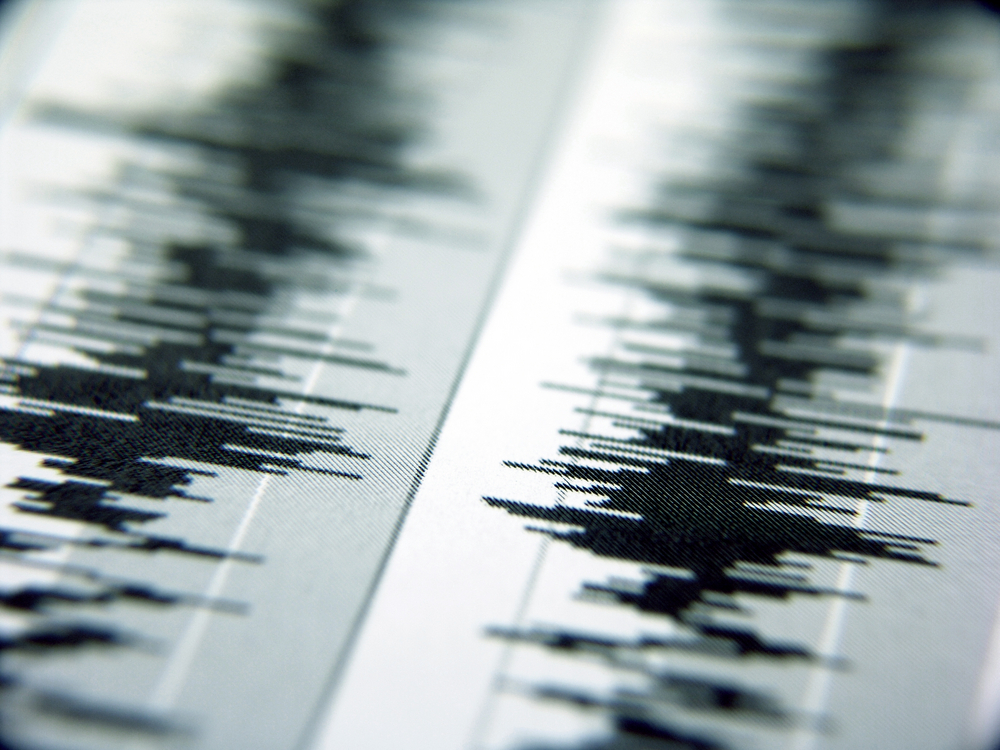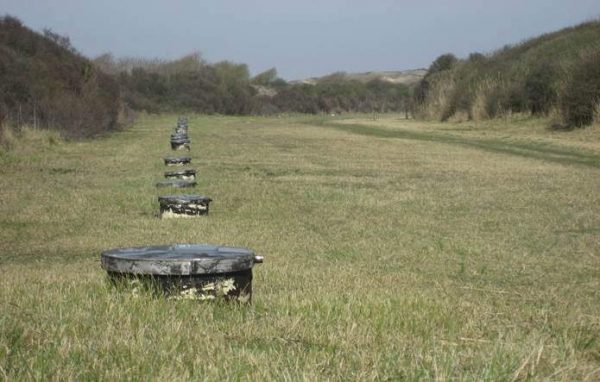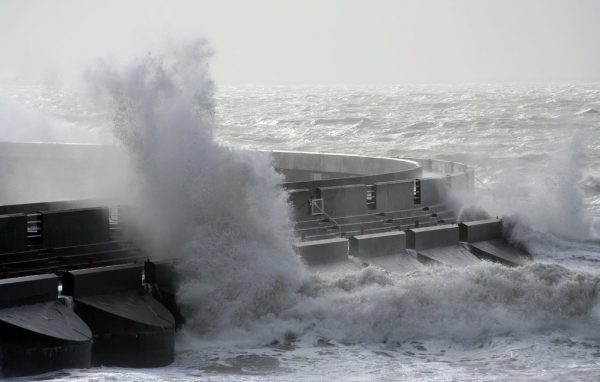
The advantages of fusing models and sensor data
Computer models and sensor data both have their strengths and weaknesses:
- Computer models can compute the value of a system quantity at any point in space and time. But whether the computed value has any relation to the real situation is another matter.
- Sensor data gives at least a hunch of the real values of quantities, but they are only available in a limited number of places and for a limited number of times.
By integrating models and measurements, the advantages can be combined and the weaknesses can be reduced. Together with several partners, VORtech has developed the OpenDA software that allows a fast and effective integration of measurements and models through data assimilation. OpenDA is open source software and is available for free.

What is in it for you?
Combining sensor data and models has various applications.
- Calibrate models automatically
Measurements can be used to find the proper setting of parameters in a model. Until now, this is done mostly by hand, which is an error-prone and time consuming activity. Fast and effective methods are available to do this calibration automatically. - Improve predictions (data assimilation)
The state that is computed by the model can be corrected using the available measurements. As the current state of the model is often used to predict future states, an improvement in the current state will also improve the predictions. - Complete time-series of measurements
Sometimes it is impossible to measure in certain places and sometimes there are gaps in an observational time-series. A model can be used to fill in these blanks in the measurements. In fact, the model is used as a very sophisticated interpolation method, which takes the underlying physics into account. - Optimal placement of sensors
Models can be used to determine the optimal placement of sensors in order to get the best information about a system. This will reduce the costs for the sensor system because expensive but unnecessary sensors can be avoided.
What VORtech can do for you
- Consult you about the possibilities
We can consult you about the potential of automatic calibration and data-assimilation. - Advice about methods
We can advise you about the methods that are suitable for your situation. If needed, we can develop special algorithms for your application. - Implement automatic calibration or data assimilation
With the open source library OpenDA, such an implementation will often be a relatively small effort. - Develop models to augment your measurements
This will give you more data about your system and help you make better decisions. - Sensor network optimization
We can determine where you should place your sensors to get the best overview of your system. - Maintain your software for automatic calibration or data assimilation
Since we are very familiar with all the techniques, we are also well placed to maintain existing software for automatic calibration and data-assimilation.
Do you want to know more?
VORtech offers a fact sheet about data assimilation. In addition, we regularly publish blog posts about data assimilation. Feel free to contact us if you have any quetions or if you want to explore what we can do for you.
Interested?
Feel free to contact us. We'll be happy to come by and discuss what we can do for you. Our brochure about integrating models and observations provides a concise overview of our services in this field.


